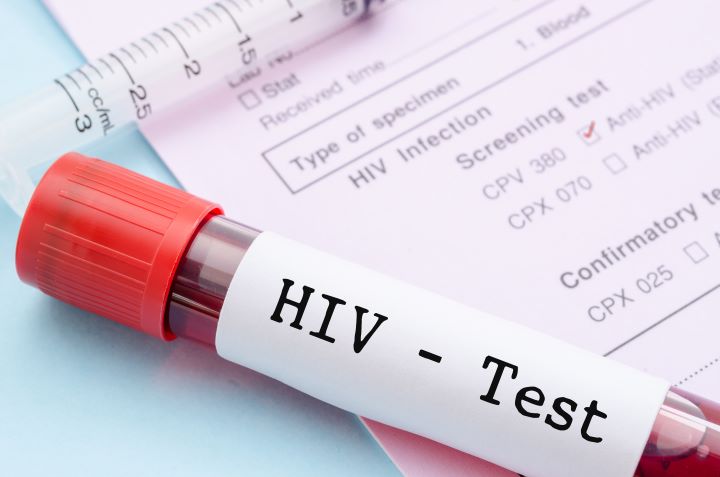Symptoms And Treatment Options For HIV Infection
The Human Immunodeficiency Virus (HIV) is a worldwide health concern that affects millions of people. Despite the complexity of this issue, understanding the symptoms, transmission, and treatment options can help individuals combat the disease effectively.

The Human Immunodeficiency Virus (HIV) is a worldwide health concern that affects millions of people. Despite the complexity of this issue, understanding the symptoms, transmission, and treatment options can help individuals combat the disease effectively.
Early Warning Signs: Symptoms of HIV During the Clinical Latency Stage
The clinical latency stage is the second phase of HIV and can last up to a decade or longer. During this stage, the virus multiplies at very low levels, and symptoms may not be evident. However, early signs like fever, fatigue, skin rashes, and swollen lymph nodes can be indicators of HIV during the clinical latency stage.
Recognizing Late Stage HIV Symptoms
Late-stage HIV, or Acquired Immunodeficiency Syndrome (AIDS), is the most severe phase of HIV infection. Symptoms can include rapid weight loss, recurring fever, prolonged swelling of the lymph glands, and unusual spots on the skin. Recognizing these symptoms can lead to timely treatment and potentially slow the progression of the disease.
The Disease: Human Immunodeficiency Virus Transmission
HIV is primarily transmitted through certain body fluids—blood, semen, vaginal fluids, and breast milk—from a person who has HIV. The virus can be spread during sexual intercourse, through sharing needles, from mother to child during birth, or breastfeeding. It is essential to understand these modes of transmission to take preventive measures effectively.
The Fight Against HIV: Treatment for HIV Infection
Currently, there is no cure for HIV. However, through Antiretroviral Therapy (ART), people with HIV can live healthy, long lives. ART involves the use of HIV medicines to prevent the virus from multiplying, thus reducing the viral load and slowing down the progression of the disease.
HIV Treatment in the United States: A Closer Look
In the United States, HIV treatment is widely available, and patients have access to a variety of treatment options. It is estimated that over 1.2 million people are living with HIV, with modern therapies helping in managing the disease effectively.
In conclusion, understanding HIV—its symptoms, modes of transmission, and treatment options—is crucial in the fight against this global health crisis. A comprehensive understanding of the disease, coupled with early detection and treatment, can greatly improve the quality of life for those living with HIV.




